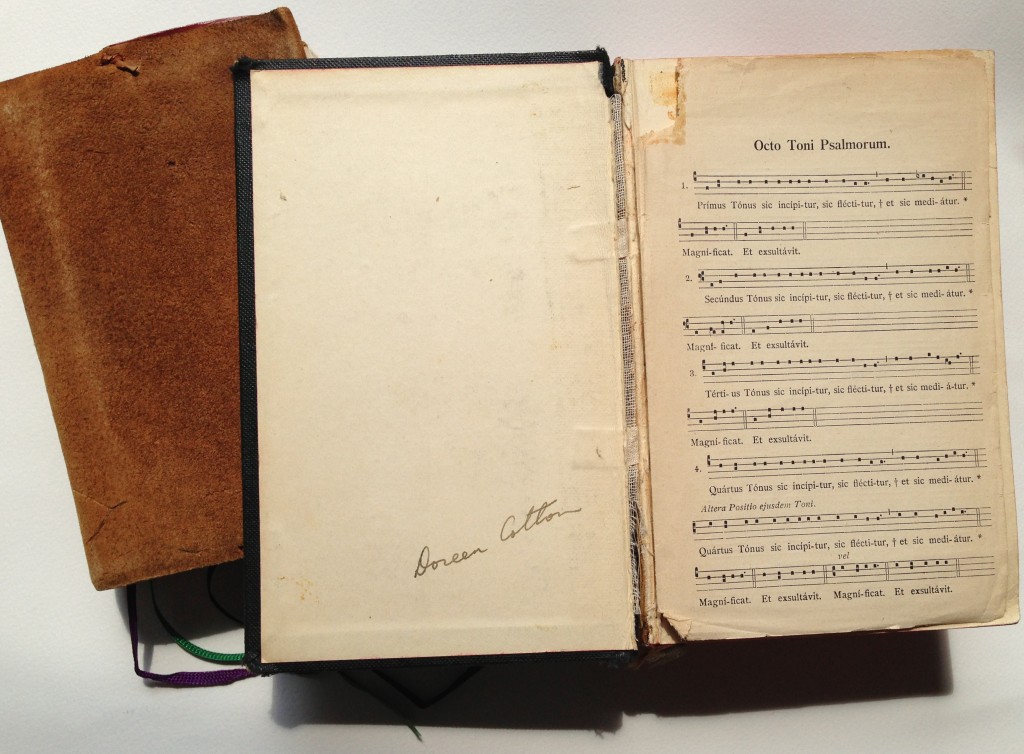I am among those that Father Vitry chooses for further training. I am excited because I sense that I am going to learn something rare.
Father Vitry is endearing in his candor.
He says that he will do almost anything to avoid tangling with “committee women”. There’s that mischievous twinkle in his eyes.
He tells stories about his monastic life as a young monk. He questioned why the friars ate different and inferior food in the same monastery.
When he was sent to America, all his nieces wanted to know was whether he would meet any movie stars. He promised to tell them if he did. Are there any movie stars here?
Father Vitry has a dynamic way of interpreting the chant. We hit on key syllables in the Latin text as springboards in either direction – up or down. The meaning and emotion of each word, each phrase, is interpreted by the conductor and brought out in the voices of the singers as a group.
Not all the sacred texts can be interpreted this way. There is a psalmody in eight tones into which texts are fitted. There are many set responses and hymns.
Father Vitry’s method applies to most parts of the Mass.
As conductors of the schola (choir) we have to stand straight and still. With the heavy liber open and balanced on the left hand we conduct only with the right hand.
It takes training and practice to concentrate energy into the hand, to charge it, so to speak, and to use the hand and wrist to convey emotion and meaning to the singers.
From what I’ve seen, it’s probably something you can improve, but it can’t be taught. It’s another one of those gifts from the universe.
The way I see it is that usually a monastic choir chants in an even rhythm, like a team of rowers in a boat.
Father Vitry is surfing the waves.


Recent Comments